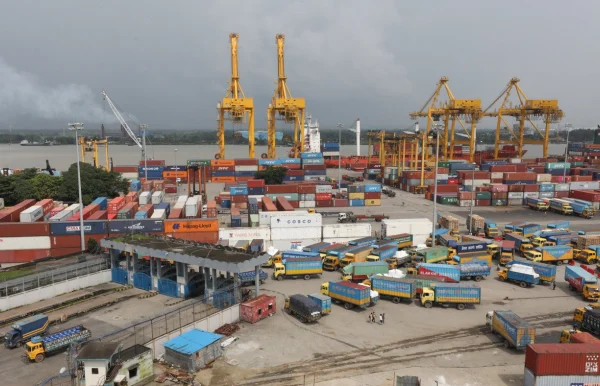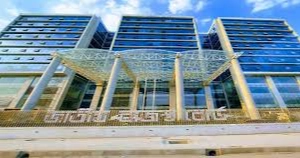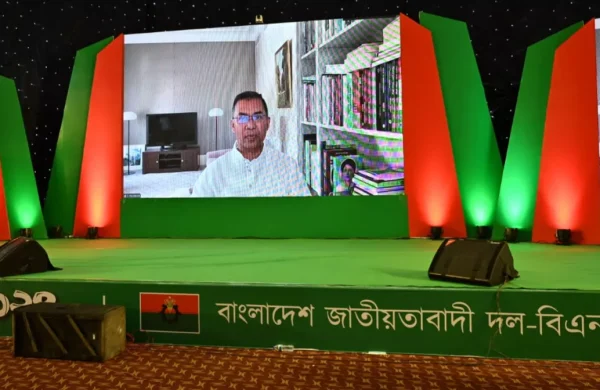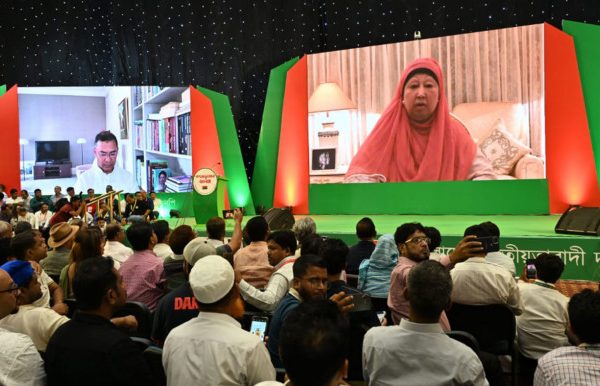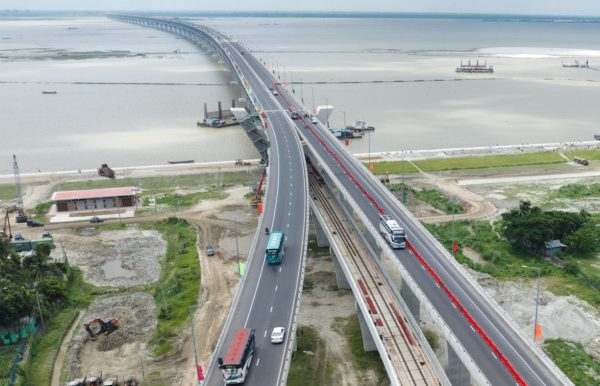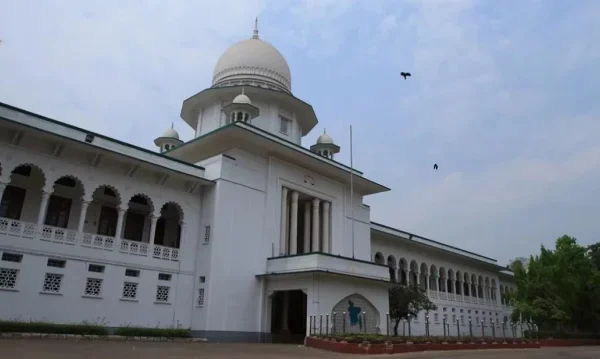Proposed Bay Terminal: Project cost hiked to Tk 149 bn
- Update Time : Thursday, February 20, 2025
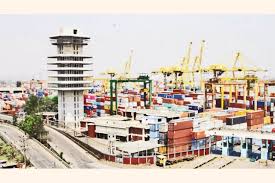
Staff Correspondent:
Long-stalled Bay Terminal infrastructure-building bid resumes with a proposed steep 43.07-percent hike in the project cost to Tk149.09 billion, official sources say.
The Ministry of Shipping has submitted this revised proposal to develop support infrastructure for the proposed Bay Terminal in the Chattogram seaport area, meant for ramping up the country’s external trade-handling capacity.
The previous proposal was returned by the Planning Ministry for a further review.
The project’s cost, initially estimated at Tk 104.21 billion in May last year, is now set to increase by Tk 44.88 billion prior to the approval from the Executive Committee of the National Economic Council (ECNEC).
Officials from the Planning Ministry, the Shipping Ministry, and the Chittagong Port Authority (CPA) confirmed the development to The Financial Express.
According to them, the CPA will contribute Tk 46.36 billion from its own funds for the project, while Tk 102.73 billion is expected to be sourced from a World Bank loan.
However, the World Bank approved a $650 million (Tk 79.30 billion) worth of loan last June, leaving a funding gap of $192 million.
Officials from the Economic Relations Division (ERD) stated that the remaining amount is expected to be secured through an additional loan from the World Bank.
Otherwise, Tk 23.42 billion would need to be arranged from the CPA’s own coffers or government exchequer, they added.
“The shipping terminal on the Bay of Bengal will help increase investment, production and earnings in the country through a provision of increase in export and import by over 20 per cent,” the new project proposal reads.
It reveals that the proposed infrastructure will help multipurpose terminal allowing Panamax-sized vessel to enter with a maximum draft of 12.04 meters and length of 289.56 meters.
The maximum permissible draft of the Chattogram Port ranges from 8.50 meters to 10.00 meters with length restriction of vessels being 200 meters, as stated in the project documents.
The officials said that the proposed investment would help in installation and operation of several container terminals at Ananda Bazar of the Sandwip Channel, on the coast west of the existing port.
The government decided to install several terminals under the public-private partnership (PPP) model with an estimated cost of over $2.0 billion.
The PPP Authority (PPPA) signed MoU with an enterprise of Singapore in March 2018 to develop Bay Terminal-1 under government-to-government (G2G) PPP model.
Another MoU was signed with DP World of the UAE in February 2019 to implement the second Bay terminal under the same method.
The Multipurpose Bay Terminal proposed in the close area to existing road and rail links is expected to capture about 36 per cent of container volume of the country from the start of operation.
The cardinal objective of the project is to enable the mobilisation of private investment for the primary gateway port of Bangladesh and increase its operation efficiency.
To achieve the objective, the project will develop infrastructure to manage private investment for the development of at least one container terminal.
The project will also construct a 6.214km-long breakwater and also 6.6-km-long navigation channel through 29.5 million cubic meters of dredging.
The project documents reveal that Chattogram Port-Bangladesh’s principal seaport and gateway to global trade, is handling over 90 per cent of the country’s international trade volume and 98 per cent of container traffic.
The maximum permissible draft ranges from 8.50m to 10.00m with length restriction of vessels being 200 meters that is why the port cannot accommodate large vessels to the berths, and lighterage is required for a substantial portion of the import trade from anchorage in the bay.
Despite an initial design capacity of only 1.7 million twenty-foot equivalent units (TEUs) annually, the port’s capacity has been continuously stretched, reaching 3.26 million TEUs in 2022, which would reach 11.41 million TEUs by 2040.
This extreme demand-capacity imbalance has resulted in severe congestion, including high berth-occupancy rates and operational inefficiencies.
As a result, vessels face prolonged anchorage wait time of two to seven days, unreliable berthing schedules, and average turnaround time of five days, in stark contrast to the two-day average of Indian ports. The proposed two terminals would help in handling 3.64 million TEUs of containers annually, 1.82 million for each terminal, with another 6 million tonnes of non-containerized cargoes.
The infrastructure would reduce waiting time for vassals that would make savings worth over $363 million annually for the economy, $1 million a day, by enhancing efficiency and reducing vessel-turnaround time.
Earlier, the physical infrastructure division of the planning commission arranged a project-evaluation committee (PEC) meeting in May last year to evaluate the previous proposal. The meeting assessed that the existing three seaports in the country remained underutilized due to shortage of vassals.
Moreover, Matarbari deep-sea port is being developed with a huge capacity. The meeting recommended further analysis regarding the justification for the project.
A senior official of the Shipping ministry says, “The new proposal includes some additional infrastructure to ensure better performance in the operation of the proposed terminals to be developed by PPP partners that is why the cost of the project increased.”


